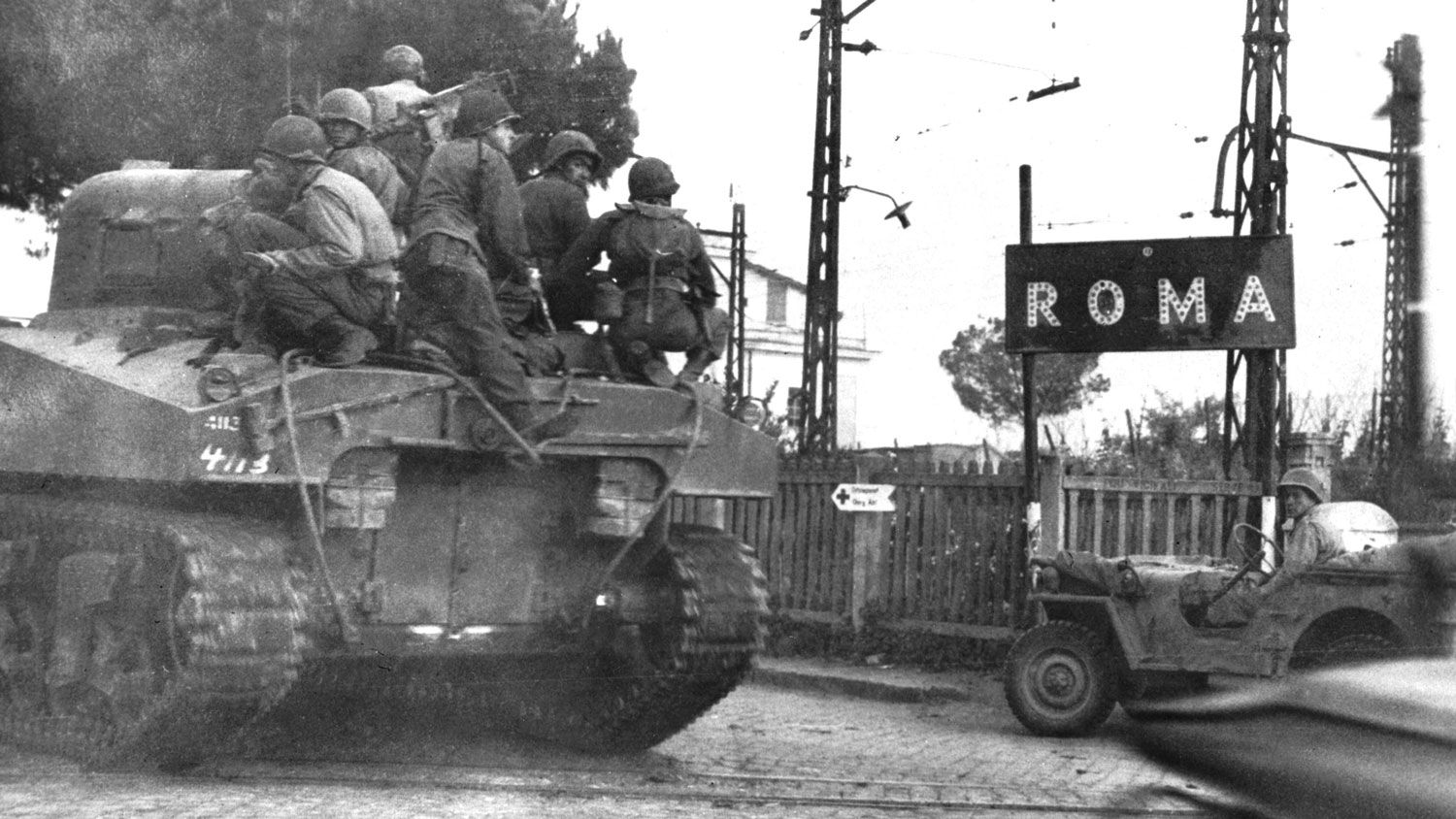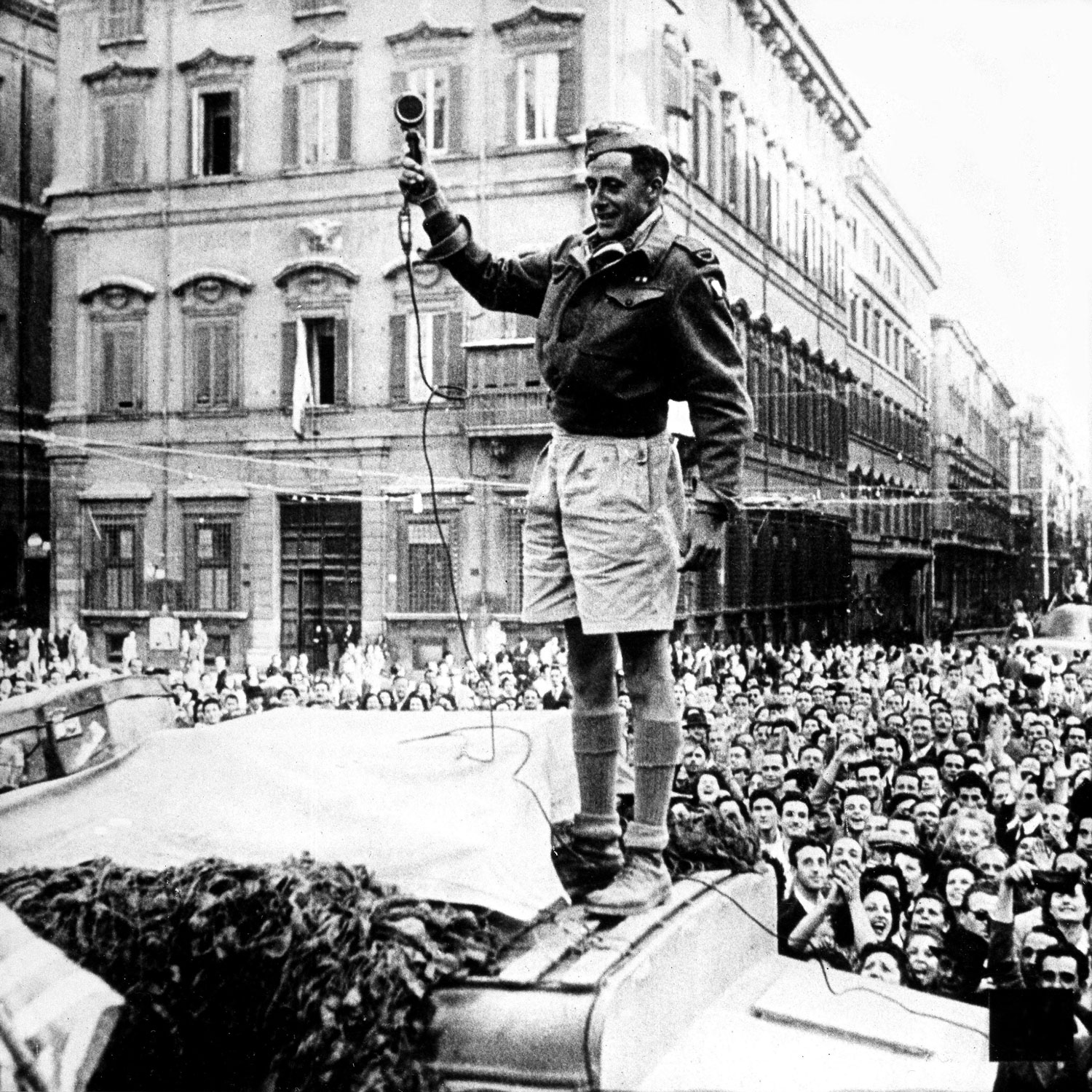
The liberation of Rome, a big achievement of WW2 that was overshadowed by D-Day

On 4 June 1944, the American 5th Army liberated Rome – one of the most symbolic but largely overlooked achievements of the Second World War.
This was the first Allied unit to liberate a capital city from Fascist control on European soil.
But coming just two days before D-Day, it was quickly overshadowed by the invasion of Normandy.
The fall of Rome marked the end of a bloody and protracted series of battles to break through the Germans' defensive Gustav line, principally Monte Cassino and Anzio.
Despite fierce resistance on its outskirts, German troops had been ordered to withdraw from the city itself, allowing it to be captured without any fighting.
Even though Rome was seized intact, history has not looked kindly on its liberator, the American commander of the 5th Army, Lieutenant General Mark Clark.
Controversially, Clark chose to push for Rome from the Anzio beachhead rather than cut off the retreating German forces as he had been ordered by General Sir Harold Alexander, the British officer in overall charge in Italy.
Although Rome was liberated, the Germans were not decisively defeated.
German forces fell back to a defensive line running across Italy just north of Florence, the Gothic Line.

The Allies did not breach this line until September 1944.
The Allied front then stalled again until a breakthrough was made in April 1945, leading to the eventual surrender of German forces in Italy on 2 May – two days after the fall of Berlin.
The Italian campaign had tied down more than 20 German divisions while the Allies concentrated on the battle on the western front.
But the Italian campaign was not in itself decisive, and ultimately victory in Europe was only won through a direct push into Berlin itself.









